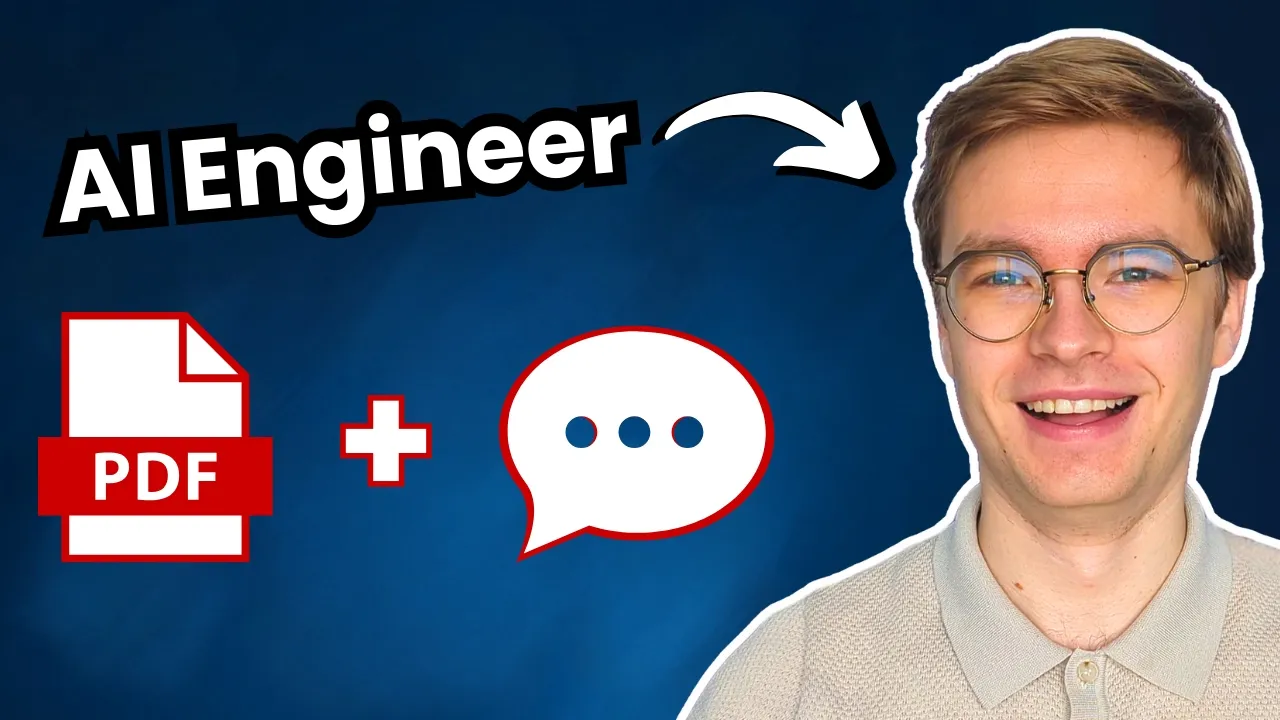From Monolith to Microservices
Modern AI systems are undergoing a fundamental architectural transformation, moving away from monolithic designs toward more flexible, service-oriented approaches. This shift mirrors broader trends in software engineering but takes on unique characteristics when applied to artificial intelligence applications. Understanding these architectural principles provides valuable insight into why today’s AI systems work the way they do.
The Evolution of AI System Architecture
Early AI applications typically followed a monolithic design pattern: a single, tightly-integrated codebase handling everything from data processing to model execution and user interface. While straightforward to develop initially, these systems quickly became challenging to maintain, scale, or adapt to new requirements.
Today’s AI solutions, particularly those involving language models, have embraced a more modular approach. This evolution brings several conceptual advantages:
- Independent development cycles for different components
- Specialized optimization for resource-intensive processes
- Easier integration of new capabilities and models
- Enhanced resilience through component isolation
- More efficient resource allocation across the system
Separation of Concerns in AI Systems
One of the most powerful architectural principles in modern AI design is the clear separation of concerns. Rather than building a single system that handles everything, we divide functionality into distinct services with well-defined responsibilities:
Model Services
These components focus exclusively on AI model execution. They receive inputs, process them through the AI model, and return outputs. By isolating this computationally intensive work, it becomes easier to optimize performance and resource usage for the specific demands of model inference.
API Gateways
These services manage communication between components and external systems. They handle request routing, format transformations, and can implement crucial features like rate limiting or authentication. This communication layer allows for flexible integration of different components.
Data Processing Services
These components specialize in preparing data for AI consumption. For document-based systems, this might include extracting text from PDFs, chunking content into appropriate segments, or creating vector representations for retrieval.
Front-End Services
These user-facing components focus on creating intuitive interactions without needing to understand the underlying AI mechanics. By separating the interface from the AI logic, each can evolve independently according to their unique requirements.
Communication Patterns Between AI Services
The way these components communicate defines the overall system behavior. Modern AI architectures typically employ:
Asynchronous Communication
When AI services need to perform time-intensive operations, asynchronous patterns prevent blocking other system components. This approach is particularly valuable for handling streaming responses from language models, allowing partial results to flow through the system as they become available.
Standardized APIs
Well-defined interfaces between components create clear contracts for how services interact. This standardization makes it easier to replace or upgrade individual components without disrupting the entire system.
Health Checks and Dependency Management
Services can monitor the health of their dependencies and respond appropriately when issues arise. This pattern increases overall system resilience by avoiding cascading failures.
Containerization and Isolation
Container technologies provide a powerful mechanism for implementing service isolation in AI systems. For practical guidance on containerization in AI projects, explore my comprehensive guide on building production-ready AI applications with FastAPI. This approach:
- Ensures consistent environments across development and production
- Prevents dependency conflicts between components
- Allows precise resource allocation based on each service’s needs
- Enables straightforward scaling of individual components
- Simplifies deployment to different environments
For language model applications, this isolation becomes particularly valuable when managing different models with varying resource requirements or dependency needs.
Practical Benefits of Modern AI Architecture
This architectural approach delivers tangible benefits for both developers and users:
For Developers
- Components can be developed, tested, and deployed independently
- Different team members can specialize in specific system aspects
- Individual services can be scaled according to demand
- New capabilities can be added without rebuilding the entire system
- System design patterns can be learned and applied systematically
Understanding scalable system design is essential for AI engineers. Learn more about AI system design patterns for scalable applications.
For Users
- More responsive applications that don’t lock up during intensive operations
- Streaming responses that provide immediate feedback
- More reliable systems with better fault isolation
- Easier expansion of capabilities through modular enhancements
The shift from monolithic to service-oriented AI systems represents not just a technical evolution but a conceptual one. By understanding these architectural principles, we gain insight into how complex AI applications can become more maintainable, scalable, and adaptable to changing requirements. For comprehensive guidance on deploying AI systems in production environments, explore my AI model deployment best practices guide.
To see exactly how to implement these concepts in practice, watch the full video tutorial on YouTube. I walk through each step in detail and show you the technical aspects not covered in this post. If you’re interested in learning more about AI engineering, join the AI Engineering community where we share insights, resources, and support for your journey. Turn AI from a threat into your biggest career advantage!

